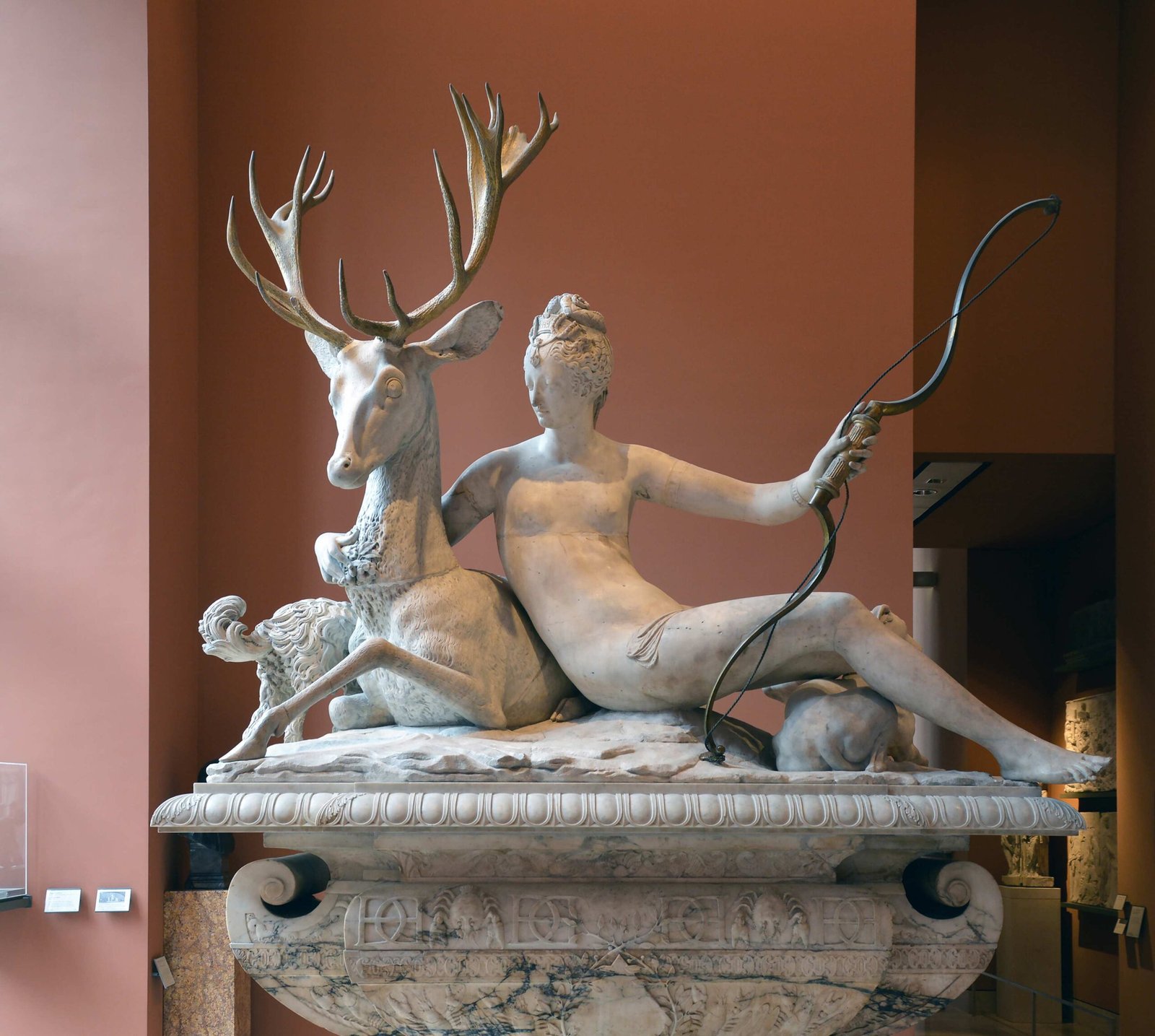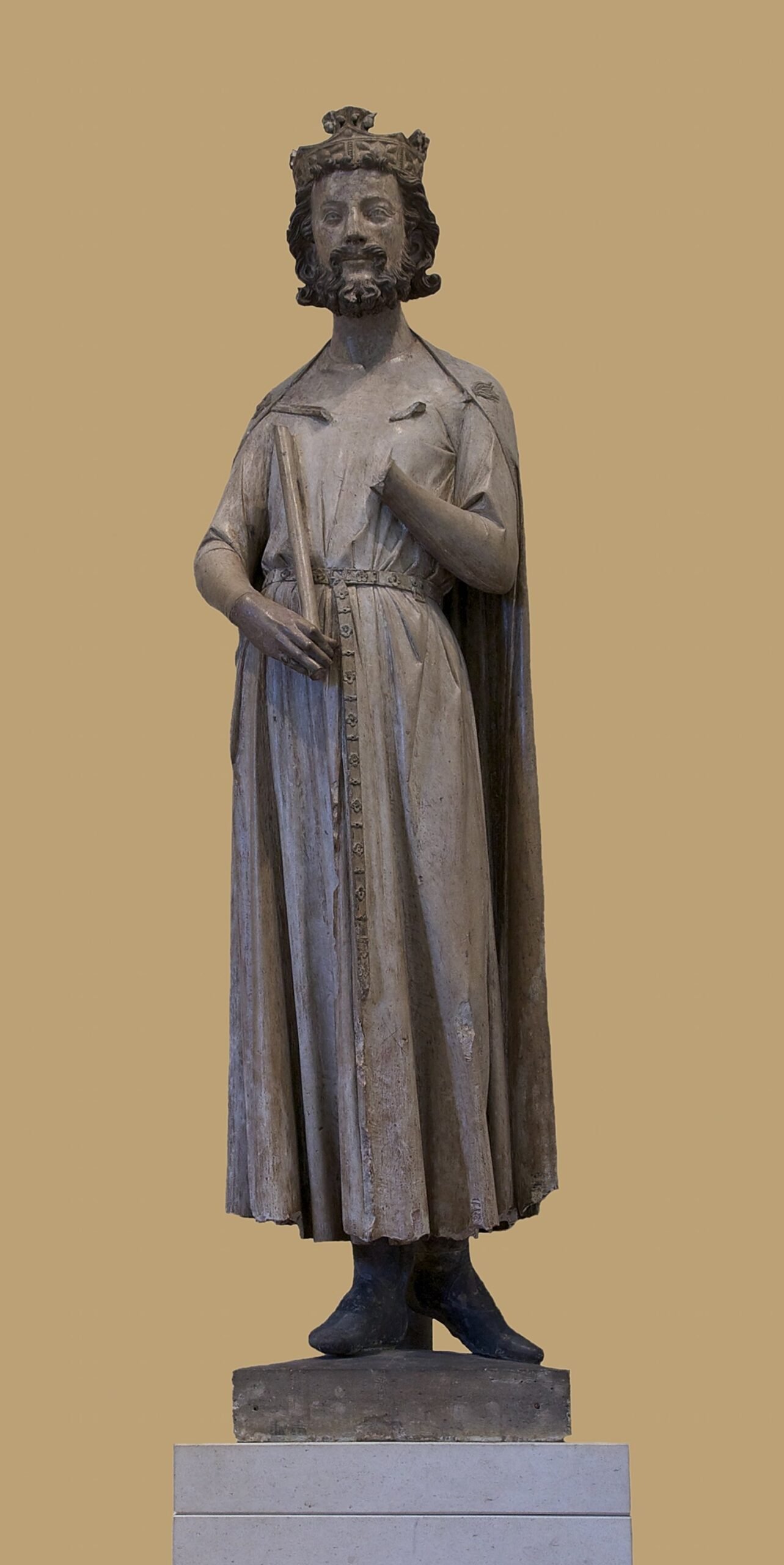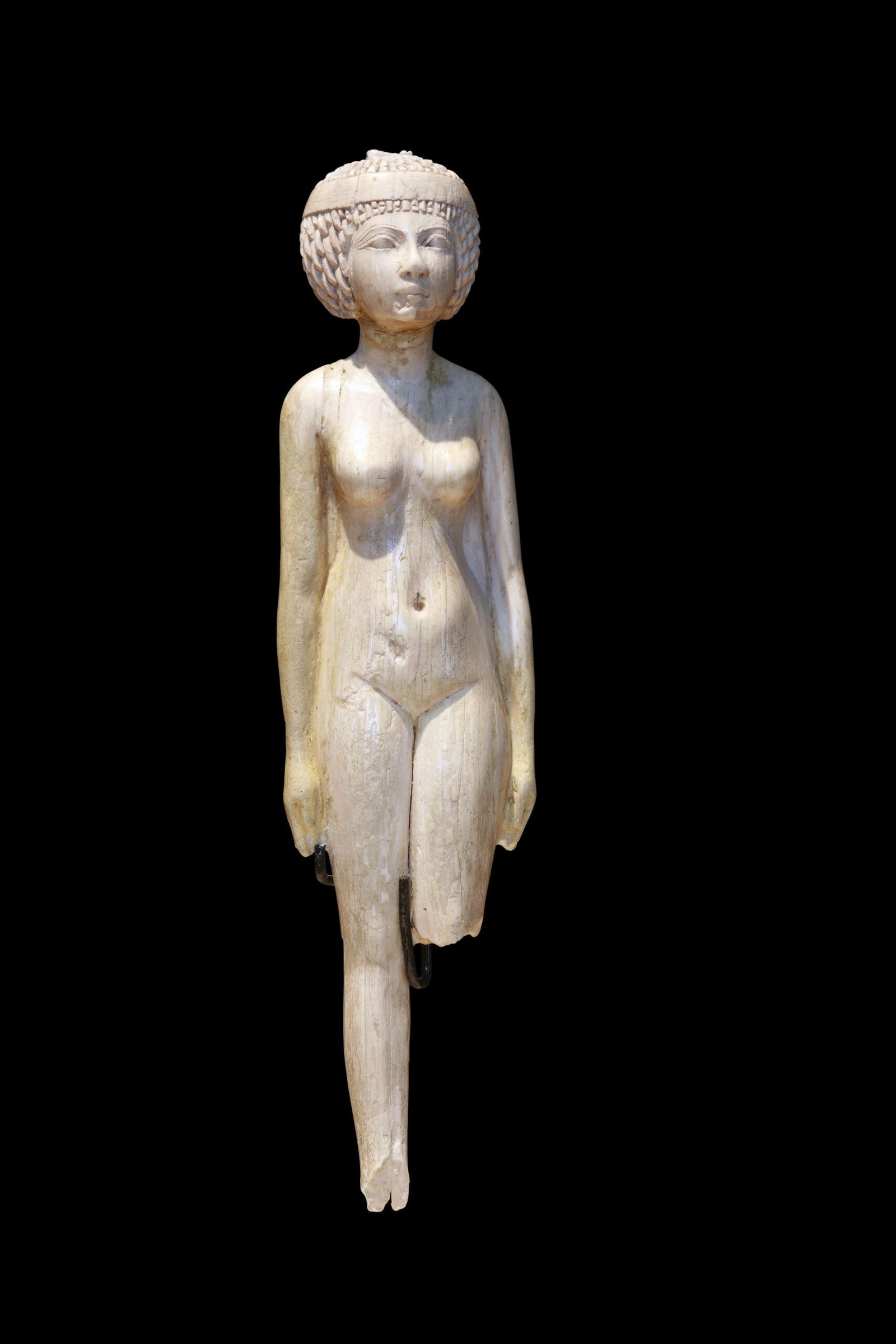The Louvre Museum ceiling painting is a breathtaking masterpiece that adorns the iconic Parisian landmark. Spanning an impressive 3,374 x 1,180 cm, this monumental artwork by Cy Twombly graces the Salle des Bronzes in the Sully Wing. The ceiling painting features a nearly monochromatic blue field reminiscent of the sky, with floating discs and names of famous Greek sculptors. This modern interpretation contrasts beautifully with the museum’s classical architecture and ancient artifacts, offering visitors a unique visual experience that bridges past and present.
What Are the Dimensions and Artistic Techniques of the Louvre Museum Ceiling Painting?

The Louvre Museum ceiling painting, specifically in the Salle des Bronzes, boasts impressive dimensions and employs unique artistic techniques:
- Dimensions: 3,374 x 1,180 cm
- Total Area: Approximately 398 square meters (3,750 square feet)
- Artistic Approach: Treated as a monumental easel painting
- Color Scheme: Nearly monochromatic blue field
- Design Elements:
- Floating discs
- Names of famous Greek sculptors (e.g., Phidias, Praxiteles)
- Bold, straight strokes for text
Twombly’s technique preserves the flatness of the ceiling, deliberately contrasting with traditional illusionistic ceiling paintings. This approach creates a modern, contemplative space that complements the ancient artifacts displayed below.
Who Created the Louvre Museum Ceiling Painting and When?

The Louvre Museum ceiling painting in the Salle des Bronzes was created by:
- Artist: Cy Twombly
- Year: Completed in 2010
- Significance: One of the few contemporary artists to create a permanent decorative work for the Louvre
Twombly joins a select group of modern artists, including Anselm Kiefer and François Morellet, who have contributed permanent works to the museum. His ceiling painting reflects his lifelong fascination with Greek and Roman antiquity and mythology, making it a fitting addition to a room housing ancient bronze artifacts.
Where Is the Louvre Museum Ceiling Painting Located?
The Louvre Museum ceiling painting by Cy Twombly is strategically located:
- Room: Salle des Bronzes
- Wing: Sully Wing
- Floor: 1st floor
- Room Number: 32
This location is significant as it houses over 1,000 pieces of art made from bronze and other precious metals. The juxtaposition of Twombly’s modern ceiling with ancient Greek and Roman bronze statues creates a unique dialogue between contemporary and classical art.
How Can Visitors Access and View the Louvre Museum Ceiling Painting?
Visitors can access and view the Louvre Museum ceiling painting through the following means:
- General Admission: The ceiling painting is included in the standard museum entry ticket.
- Guided Tours: While specific tours focusing on the ceiling painting are not detailed, the Louvre offers various guided tours that may include this area.
- Self-Guided Exploration: Visitors can locate the Salle des Bronzes using museum maps and signage.
Accessibility Considerations:
- The Louvre Museum generally provides accessibility features such as ramps and elevators.
- Specific accessibility details for the Salle des Bronzes should be confirmed with the museum directly.
Visitor Guidelines:
- Respect the artwork and do not touch exhibits.
- Follow any specific rules or restrictions in place for the room.
- Photography policies may apply; check current museum guidelines.
What Is the Historical Context of the Louvre Museum Ceiling Painting?
The Louvre Museum ceiling painting by Cy Twombly holds significant historical context:
- Modern Addition to Classical Space:
- Represents a contemporary intervention in a museum known for its historical collections.
-
Creates a dialogue between ancient artifacts and modern artistic expression.
-
Artist’s Background:
- Twombly’s work is influenced by his deep interest in classical culture.
-
The ceiling painting reflects his unique style of combining abstract elements with references to antiquity.
-
Artistic Lineage:
- Continues the tradition of commissioned ceiling paintings in grand European buildings.
-
Offers a modern interpretation of this historical practice.
-
Cultural Significance:
- Demonstrates the Louvre’s commitment to incorporating contemporary art within its classical framework.
- Sparks discussions about the role of modern art in historical institutions.
What Special Events or Exhibitions Have Featured the Louvre Museum Ceiling Painting?
While specific events focusing solely on the ceiling painting are not detailed, the Louvre Museum has hosted related activities:
- Restoration Agreement:
- A notable event involved an agreement between the Louvre and Twombly’s foundation.
- This agreement concerned the restoration of the room containing Twombly’s mural to its original appearance.
-
Changes included adjustments to the color of walls, wood panels, and display cases.
-
Ongoing Exhibitions:
- The Louvre regularly hosts various exhibitions that may incorporate or reference the ceiling painting.
-
Visitors should check the museum’s official website for current and upcoming exhibitions.
-
Educational Programs:
-
The museum likely includes the ceiling painting in its educational initiatives, though specific programs are not detailed in the sources.
-
Art Historical Discussions:
- The presence of Twombly’s work in the Louvre has likely sparked academic and public discussions about contemporary art in classical settings.
How Does the Louvre Museum Ceiling Painting Compare to Other Famous Ceiling Artworks?
The Louvre Museum ceiling painting by Cy Twombly stands out among famous ceiling artworks:
| Aspect | Louvre Ceiling (Twombly) | Traditional Ceiling Paintings |
|---|---|---|
| Style | Modern, abstract | Often classical, figurative |
| Technique | Flat, preserving ceiling structure | Typically illusionistic, creating depth |
| Color Scheme | Nearly monochromatic blue | Often multi-colored, ornate |
| Subject Matter | Abstract with classical references | Usually mythological or religious scenes |
| Time Period | 21st century (2010) | Predominantly Renaissance to Baroque |
| Integration | Contrasts with surroundings | Usually harmonizes with architecture |
Notable comparisons:
1. Sistine Chapel Ceiling (Michelangelo):
– Highly detailed, figurative scenes
– Religious themes
– Creates illusion of architectural elements
- Palace of Versailles Ceilings:
- Ornate, gilded designs
- Allegorical and historical scenes
-
Integrated with elaborate framing
-
Twombly’s Ceiling:
- Minimalist approach
- Abstract representation of sky and classical culture
- Modern interpretation of ceiling art tradition
The Louvre Museum ceiling painting represents a contemporary approach to a historical art form, offering visitors a unique perspective on the evolution of ceiling artworks in major cultural institutions.

